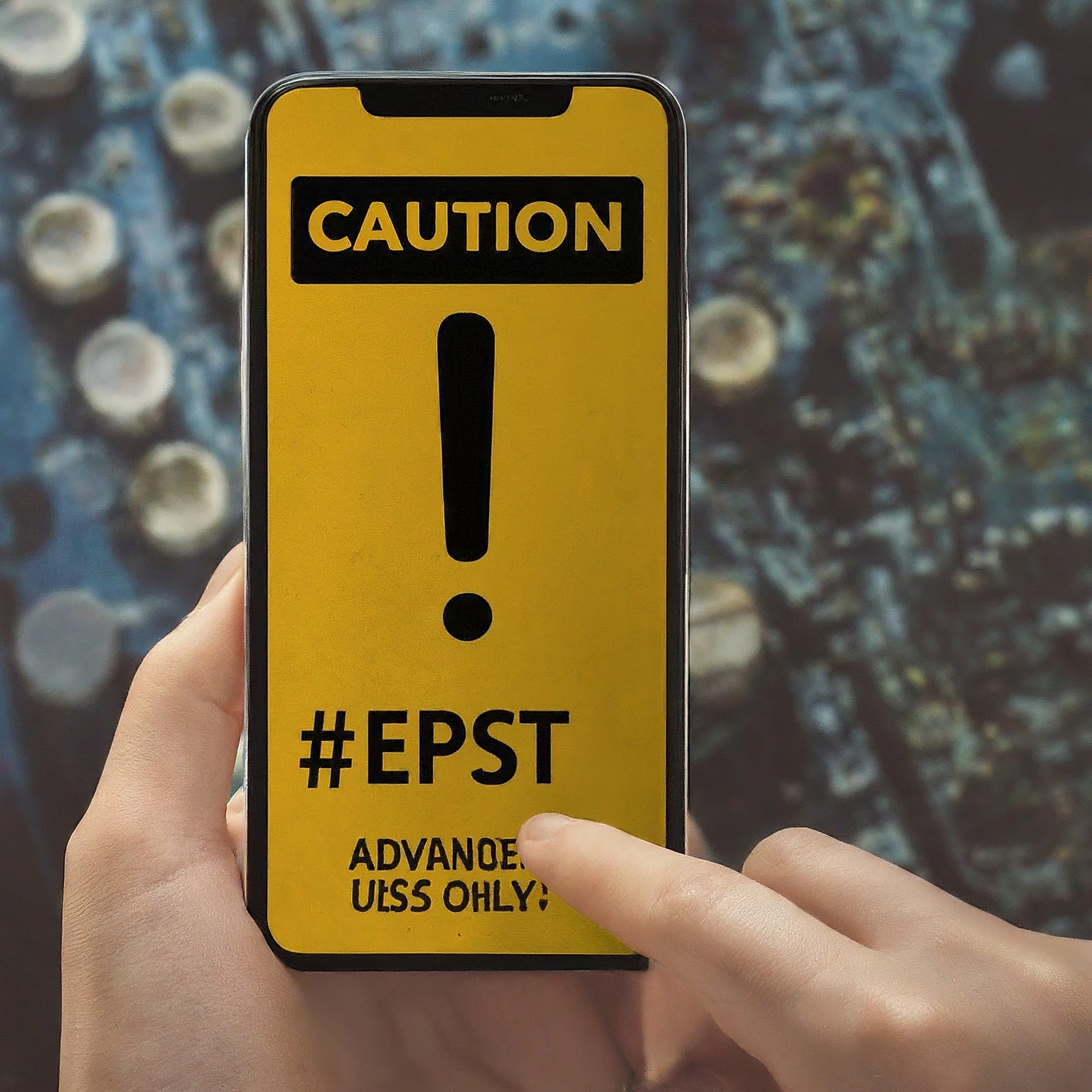Have you ever encountered the cryptic term “EPST menu” on your Android phone? This seemingly hidden feature sparks curiosity, particularly for users unfamiliar with advanced phone settings. This comprehensive guide delves into the world of the EPST menu, explaining its purpose, access methods, potential benefits, and crucial considerations before venturing into its depths.

Unveiling the Truth: What is the EPST Menu?
The EPST menu stands for Engineer Programming and Service Test. It’s a hidden diagnostic menu pre-installed on certain Android devices, primarily those manufactured by HTC or using older versions of the Android operating system. This menu provides access to advanced settings and functionalities typically reserved for technicians and engineers.
Important Note: The availability and specific features of the EPST menu can vary depending on the phone model and Android version. Some manufacturers might completely omit this menu from newer devices due to security concerns and the potential for unintended consequences.
Why Does the EPST Menu Exist?
The EPST menu serves several purposes for phone technicians and engineers:
Network Testing: The menu allows technicians to test various network functionalities like cellular connectivity, Wi-Fi performance, and Bluetooth connections. This helps diagnose and troubleshoot network-related issues on the device.
Hardware Diagnostics: The menu might offer tools for testing various hardware components like the microphone, speaker, display, and battery. This aids in identifying potential hardware malfunctions.
Software Configuration: In some instances, the menu might provide limited access to software settings for calibration purposes. Technicians can use these settings to fine-tune specific functionalities on the device.
Unlocking Features: (This is not recommended and can void warranties). On some older devices, the EPST menu might have been used to unlock hidden features or functionalities not readily available to standard users. However, tampering with these settings can lead to unintended consequences and is generally not recommended.
Remember: The EPST menu is intended for trained professionals. Its functionalities can be complex and potentially harmful if used incorrectly.
Accessing the Elusive: How to Enter the EPST Menu
Caution Advised: Before attempting to access the EPST menu, understand the potential risks involved. Modifying settings within this menu can lead to unexpected behavior, software instability, or even permanent damage to your phone. Proceed with caution and only if absolutely necessary.
Here are some general methods for accessing the EPST menu (success may vary depending on your device model):
Dialer Code: On some devices, you might be able to access the EPST menu by dialing a specific code in the phone’s dialer app. This code can vary depending on the phone model. Search online forums or resources specific to your device model to find the relevant code (if it exists).
Hidden App: A few older HTC devices might have had a pre-installed app named “Engineer Mode” or similar, which functioned as the EPST menu. However, this is unlikely to be present on newer devices.
Crucial Reminder: If you cannot find a reliable method to access the EPST menu for your specific device, it’s likely unavailable or intentionally hidden by the manufacturer. Forcing entry through unofficial methods can be risky and damage your phone.
Disclaimer: The following information is for educational purposes only. Do not attempt to modify any settings within the EPST menu unless you possess the necessary technical expertise and understand the potential consequences.
The contents of the EPST menu can vary significantly depending on the phone model and Android version. However, some general categories of functionalities might be present:
Network: Settings related to cellular network connectivity, Wi-Fi, and Bluetooth.
Hardware: Options for testing various hardware components like the display, touch screen, microphone, and speaker.
Software: Limited access to software settings for calibration or testing purposes.
Information: Menus displaying device information like IMEI number, software version, and battery status.
Remember: These are just general categories. The specific functionalities within the EPST menu can differ greatly between devices.


